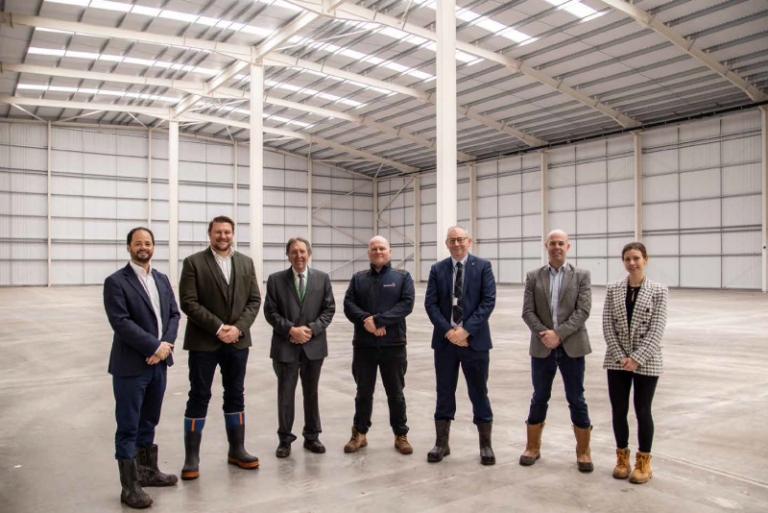CITB has announced an investment of more than £800,000 for the launch of a new employer network pilot project, which could revolutionise the way the construction sector access and receive funding for training in the future. Over 3,800 levy-registered construction businesses will be eligible to benefit from the pilot, offered across five locations in England, Scotland and Wales. While the pilot is open to businesses of all sizes, there is a primary aim to simplify the process for small and micro businesses, helping to place them at the heart of local training provision. Through the support of established and experienced delivery partners, the pilot enables employers to recognise their training priorities and receive guidance on how best to find and fund the training most appropriate to them. This transformative way of working provides a huge opportunity for employers to not only voice their training requirements, but also play a fundamental role in deciding how funds are used in their local area. As part of this new model, construction businesses will not need to access the grant scheme, as CITB is supporting the employer network to help organise and fund training directly. Many of the current requirements around training being “in scope” will also be relaxed to ensure the pilots can be as reflective of the employer’s needs as possible. Therefore, training can predominantly be in anything that helps a business work better, whether that’s a construction skill; a health and safety course; a business skill; or a future skill need, such as net zero. Tim Balcon, CITB Chief Executive, said: “I’m really excited about this pilot – this is about putting employers in the driving seat to identify and address their local skills challenges and how best CITB can align our funding and resources to support their skills needs. I would encourage employers in the pilot areas to get involved and use their voice to shape and engage with the local training provision. “The pilots are being funded by CITB and delivered by local organisations with a pedigree in finding and delivering training in their area.” The five pilot areas covered are: Inverness in Scotland, provided by Scottish Civils Training Group Norfolk in England, provided by Norfolk Construction Training Group Lincoln in England, provided by Lincoln Group Training Association South West Wales, provided by Cyfle Building Skills The final pilot is specifically for Civil Engineering firms in the Midlands, provided by CECA Midlands. Anthony Rees, Regional Manager, Cyfle Building Skills Ltd, said: “We are delighted to be part of the employer network pilot scheme for the region. This will be a great opportunity for construction employers from the south-west Wales area to develop their workforce with relevant training. The pilot scheme will help construction organisations to engage with other local employers, our three local training groups, and industry stakeholders, and give them the opportunity to have their say on how funds are spent to develop their training needs.” John Farley, Chair, Norfolk Construction Training Group, said: “As an extremely active training group, we are delighted to be a part of the new employer network pilot, aimed at encouraging the wider construction community to engage in training. “We identify that training is essential for the industry to grow and thrive – this programme is an exciting opportunity to make that happen. “We feel once implemented it will have a serious impact with employers and improve much needed skill levels within the local area.” Herman Kok, Chair, Lincoln Group Training Association, said: “As chair of Lincoln Group Training Association (LGTA) l am excited and looking forward to delivering the employer network pilot and delivering innovative training support for Lincoln-based construction companies and their supply chain. We are grateful for the support we receive from CITB for these activities.” Through a more collaborative approach, the hope is to tackle specific local skills shortages and improve ease of access to training, particularly for smaller businesses without dedicated office admin or training staff. This pilot forms a part of CITB’s continuous efforts to create a skilled, competent, and inclusive workforce, now and in the future. For further information on the pilot and its associated areas, visit the CITB website.













